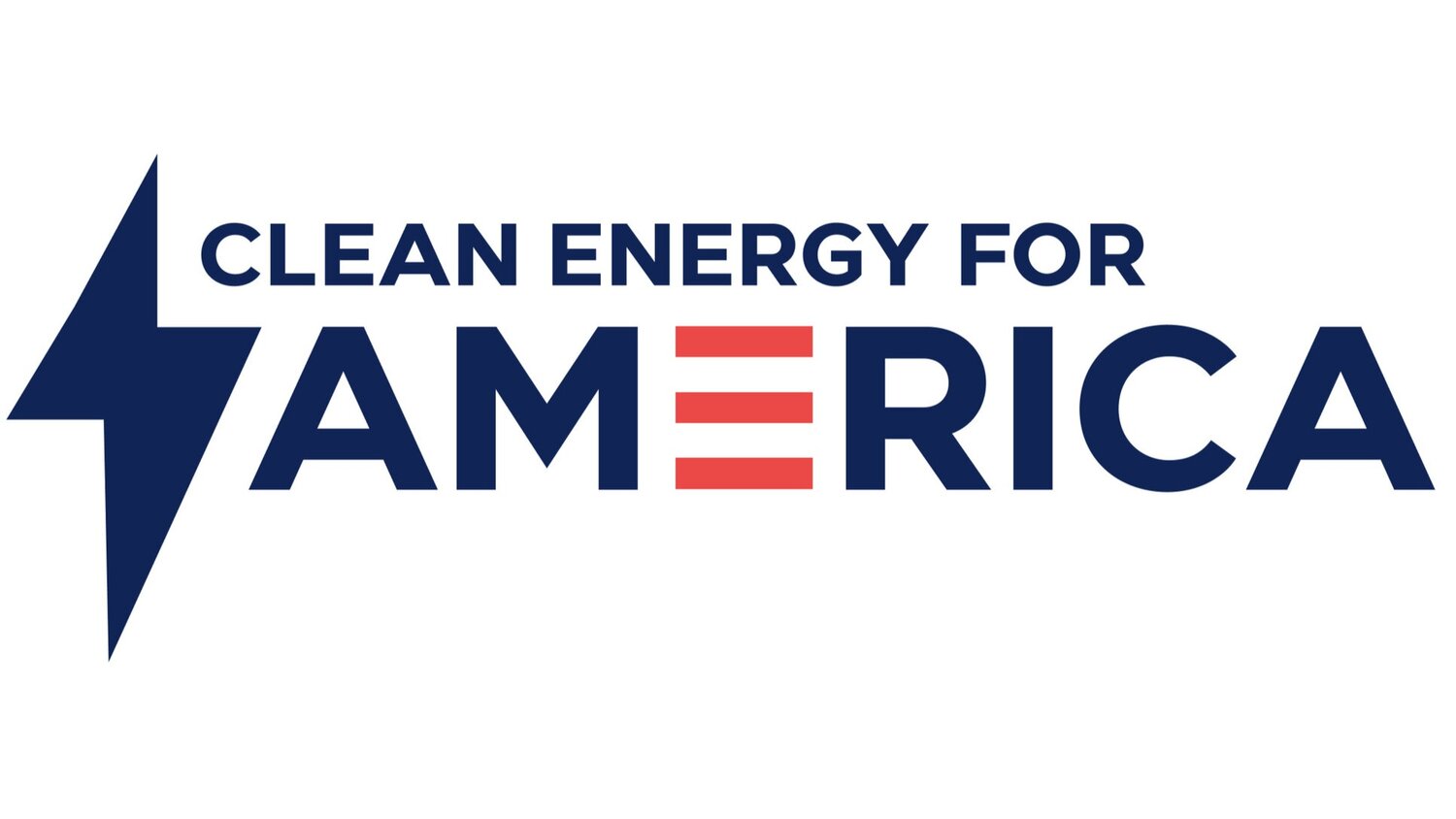The State of Clean Energy Is Strong
The state of the clean energy workforce is strong, and next year, with the right investments, it should be even stronger.
Clean energy is growing: We can power 56 million homes in the U.S. with clean power. The workforce is growing too. Over 3 million people in the U.S. work in clean energy, whether that’s solar, wind, batteries, hydrogen fuel cells, electric vehicles, energy efficiency or other emerging technologies.
In fact, twice as many Americans work in solar than in coal.
What’s behind this growth? American ingenuity, innovation, technology, and better government policy, no doubt. In the last two years, for example, President Joe Biden and Congressional Democrats have advanced huge clean energy investments that are creating jobs and lowering monthly utility bills for families.
The Bipartisan Infrastructure Law was the largest ever investment in U.S. clean energy transmission and its electric grid. The law provided funding for America’s first-ever national network of electric vehicle (EV) chargers and resources to build better electric school buses.
There’s a lot to celebrate from the last two years. For all these investments, and for supporting a strong and growing clean energy economy and workforce, the Democratic Congress and White House should be celebrated.
But, they should also keep fighting for clean energy. There is much more work to be done.
Clean energy is strong. To strengthen it further, the U.S. Senate should pass the stalled $555 billion in investments in climate, clean energy manufacturing, and jobs.
Those provisions are powerful. New research out of the University of Chicago found the clean energy tax credits, in particular, would be one of the most cost-effective climate policies in American history — producing as much as $4 earned for every $1 spent, all while eliminating billions of tons of pollution.
And, those clean energy provisions are popular. According to a survey by Data for Progress, 64 percent of likely voters supported them. These clean energy investments have already passed the U.S. House of Representative, and last month Senator Joe Manchin said, “I think that the climate thing is one that we probably can come to agreement much easier than anything else.”
In short, these provisions are powerful, they’re popular, and they’re plausible.
We can do this. We have the political will, the popular support of the people, and the investment community poised to engage. All we need is the scale of the federal government to drive a cascade of economic growth in the clean energy sector.
Just ask the clean energy job creators. A number recently told the Washington Post that the $311 billion in clean energy tax credits in the President’s Build Back Better Act would unleash additional investments, if passed.
I’ve heard much the same in my work as executive director for Clean Energy for America, which leverages the voice of the clean energy workforce.
Q CELLS America operates the largest solar factory in the Western Hemisphere in Dalton, Georgia. However, their Director of Public Affairs, Scott Moskowitz is alarmed. At a recent event by Clean Energy for America, he warned: "The U.S. has fallen significantly behind as a clean energy manufacturer and innovator. Without congressional action, our supply chains will remain strained, our climate objectives will fall out of reach, and other countries will lead the global energy transition.”
Let’s make sure that the clean energy boom happens here. Let’s make sure the clean energy boom is powered by American workers. So, let’s make sure that this year, 2022, is the one we invest in clean energy, so more Americans in more parts of the country can enjoy the benefits of the clean energy economy more quickly, and that includes lower prices and more jobs.
The state of clean energy is strong. Now, let’s power it to new heights.
____
Andrew Reagan is the executive director of Clean Energy for America, a grassroots organization that seeks to expedite the renewable transition by leveraging and amplifying the voice of the 3-million-strong clean energy workforce.
